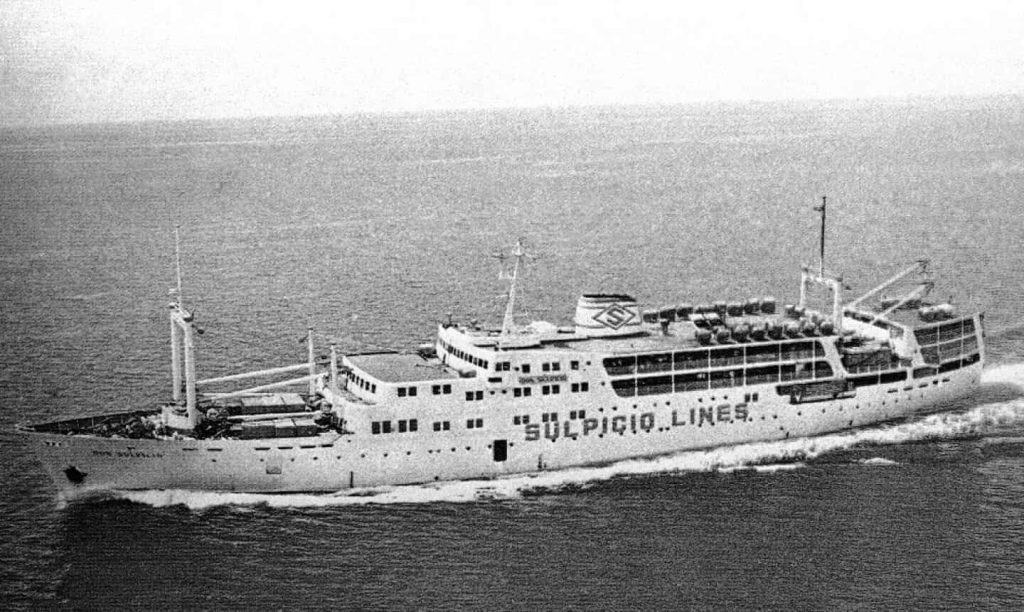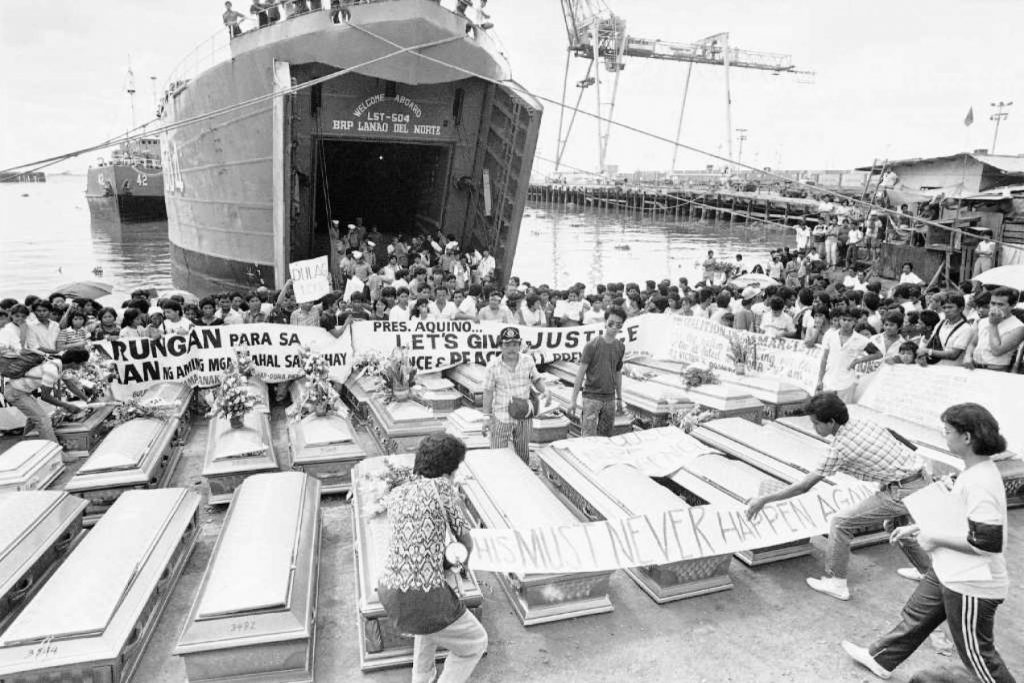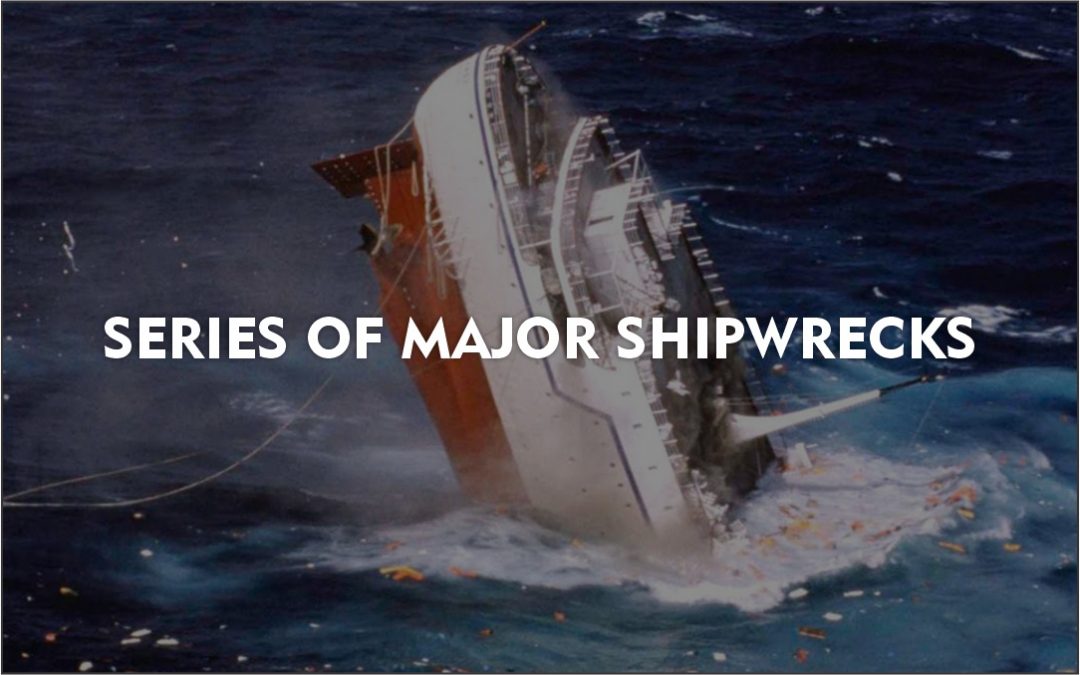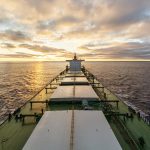Being one of the most significant industries in the world, the Maritime industry is not new to the threats and problems it faces daily. This never-ending industry has not only bought a wonderland full of possibilities but also the dangers one can ever experience. We all have heard about the accidents like Road accidents, Rail accidents, and crashing of Aircraft that have become accustomed in today’s world. When a person uses any mode of transport, accidents are bound to happen. Accidents happen because of derelict mistakes but the effect of the mistake can be lasting and linger on human as well as marine lives. Similarly, even marine accidents occur, causalities are caused, damages are done.
In our earlier series, we bought you the man-made disasters that corrupted marine biology and affected the environment and species altogether. But here, in this series of Major Shipwrecks in the History of Maritime, we will acquaint you with the disastrous accidents not merely caused by careless of humans but also by the wrath of nature.
We have already seen many catastrophic events caused by human beings because of their careless nature that resulted in the loss of countless humans as well as marine life. Maritime is the most connected industry to the sea or waterways throughout the world, especially in relation to navigation, shipping, and marine engineering. The industry has a direct impact on much of our everyday lives. Think about the oil that powers our cars, many of our vehicles, our electronics, the coffee we drink, foods we eat, and the clothes we wear, most of these commodities come from overseas. Disasters are unfortunate events that almost always end in the loss of life and destruction of property. Man-made disasters are difficult to predict, however, they are preventable. Although natural calamities are easier to predict, they can still cause irreparable loss.
Events such as gas leaks, oil spills, nuclear meltdowns, and industrial fires transpire through human error and carry grave consequences. Almost everyone knows the story about the ill-fated accident of Titanic, but are you aware that the Titanic is not the only worst disaster and loss of life to be ever recorded? There are many more other disasters that were ranked as worse than the famous ocean liner. Let’s move further ahead. Below is the first one of the most terrifying maritime catastrophes ever documented.
MV Dona Paz Passenger Ferry

Many oil spills, incidents, accidents are recorded in history but The MV Dona Paz accident was recorded as the deadliest shipwreck in the world. MV Dona Paz was a Philippine Registered Passenger Ferry, built by Onomi chi Zosen of Hiroshima, Japan. Earlier known as Himeyuri Maru, the ship was launched on April 25, 1963, with a passenger capacity of 608 and traveled the Japanese waters. In 1975, it was sold to Sulpicio Lines, a Filipino operator of a fleet of passenger ferries. On 5 June 1979, while named the Don Sulpicio, the vessel was gutted by fire en route from Manila to Cebu. All 1,164 onboard were rescued but the vessel was beached and declared a constructive total loss. The wreck was repurchased from the underwriters by Sulpicio Lines, and the vessel was refurbished and returned to service as the Doña Paz.
The ship was traveling from Leyte Island to the Philippine capital of Manila. On December 20, 1987, the Doña Paz slammed into an oil tanker MT Vector that was loaded with 8,800 barrels of gasoline. Survivors say that although the weather that night was fair, the sea was rough. So upon collision, the Vector caught fire with the flames rapidly spreading throughout the ship. The lights aboard the Doña Paz were extinguished and as there were no available life jackets or they were locked away, the passengers were coerced to jump overboard into the shark-infested waters. Doña Paz sank within two hours of the collision, while the Vector sank within four hours. Both ships sank in about 545 meters (1,788 ft) of water in the shark-infested Tablas Strait. Eight hours passed before authorities were informed of the accident, and further eight hours had elapsed to organize a search and rescue operation. Only 26 survivors were rescued from the waters along with two crew of the Vector from the Vector’s 13-man crew.
It was stated that the ferry was overcrowded with at least 2000 passengers that were not listed on the manifest. Since it was the Christmas season, tickets were purchased illegally aboard the ship at a cheaper rate. In addition, it was claimed that the ship carried no radio and that the life jackets were locked away. But official blame was directed at the MT Vector, which was found to be unseaworthy, and operating without a license, lookout, or qualified master.
Further, it was also stated that holders of complimentary tickets and non-paying children younger than the age of four were likewise not listed on the manifest. Sadly, the official Death toll was 1,749 although a more accurate estimate of deaths was 4,386.
Three days after the accident, Sulpicio Lines announced that the Doña Paz was insured for ₱25 million (about US$550 thousand dollars), and it was willing to indemnify the survivors the amount of ₱20 thousand (US$472 in 2011) for each victim. Days later, hundreds of the victims’ kin staged a mass rally at Rizal Park, demanding that the ship owners likewise indemnify the families of those not listed on the manifest, as well as to give a full accounting of the missing.

Given the estimated death toll, Time magazine and others have called the sinking of the Doña Paz “the deadliest peacetime maritime disaster of the 20th century”.
To be continued…





